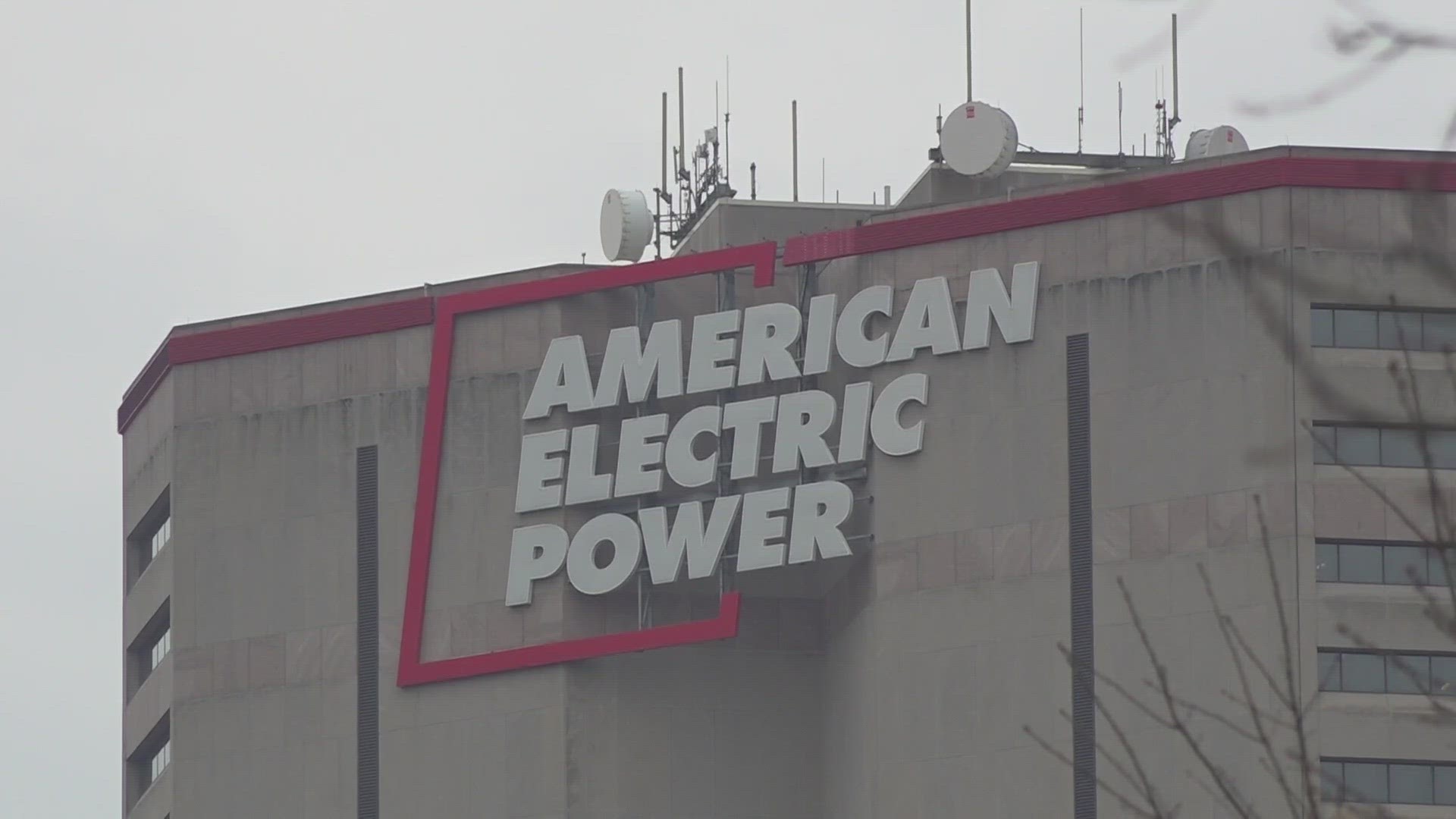COLUMBUS, Ohio — AEP Ohio has requested help from counterparts in other states, so right now hundreds more workers are on their way to central Ohio to help the response efforts.
“We have crews coming in from seven different states. So Saturday morning we'll have more than 2,000 field employees ready to respond wherever needed in AEP Ohio,” said Matt Bennett, operations manager at AEP Ohio.
Bennett said at their 42 service centers across the state, crews are preparing and restocking trucks. They are ready to respond to more outages following a similar response one week ago when we saw gusts of wind reach more than 60 miles per hour.
However, Bennett explained the wind isn’t the only factor that leads to outages.
“Our equipment is built for all types of weather. It's a combination of things. The ground being so saturated and that causes trees outside of our right of way when these high winds continue to bring those trees down. And when trees fall they tend to bring down our equipment and our poles and that's the issue,” he said.
Bennett stresses to everyone at home right now to take action ahead of the storm.
“Prepare now. Prepare an emergency kit. So that includes a flashlight with some batteries, nonperishable foods, water, drinking water,” he said.
Download the 10TV News app to stay weather aware
___
DOPPLER 10 SEVERE WEATHER SAFETY GUIDE
DIFFERENCES BETWEEN WATCHES & WARNINGS
Watch
A Watch indicates the possibility of severe weather in a relatively broad area. For instance, a tornado watch means conditions are favorable for the development of tornadoes. Go about your normal routines, but watch for threatening weather.
Warning
A Warning is issued when severe weather is actually occurring. For instance, a tornado warning means a tornado has actually been sighted or has been indicated by radar. The warning usually encompasses a relatively small geographic area. If a warning is issued for the area in which you live, take cover immediately!
TORNADOES AREN'T THE ONLY REASON TO STAY ALERT
Strong Winds
Strong winds of 55 mph or more can cause significant damage even though no tornado is present. "Downbursts" are columns of air that slam to the earth and spread high winds in many directions. Downbursts can be just as damaging as tornadoes; if such conditions are present, take the same precautions as you would for a tornado.
Lightning
Lightning claims more lives every year than tornadoes. When lightning is a threat, stay indoors and don't use electrical appliances. If you're caught outside, keep a safe distance from tall objects, and try to stay lower than anything nearby. A safe distance from a tree is twice its height.
TAKING COVER
Storms producing tornadoes in Ohio often approach from the southwest. They can travel at speeds up to 70 miles per hour and contain winds estimated at over 200 miles per hour.
Sometimes an approaching tornado will sound like the roar of a train or airplane. If you see or hear a tornado, take cover immediately. Seek shelter inside, preferably below ground level. Do not waste time opening windows; tornado-force winds will "open" the windows well before the pressure difference can cause any structural damage. Above all, protect your head and lie flat.
At Home
Get away from windows, doors and outside walls. Go to the basement. If you have no basement, go to a first floor bathroom, closet or room at the center of the house. If possible, get under heavy furniture and cover your head with blankets or pillows.
At School
Go to the lowest floor or basement. Go to small interior rooms or hallways. Stay away from windows and avoid auditoriums, gyms and other areas with wide, free-span roofs.
In Public Buildings
Go immediately to the designated shelter area or to an interior hallway or small room on the lowest level. Stay away from windows. Do not use elevators. Do not go to your car.
During tornado drills or actual tornado warnings, remember to DUCK
D – Go DOWN to the lowest level, stay away from windows
U – Get UNDER something (such as a basement staircase or heavy table or desk)
C – COVER your head
K – KEEP in shelter until the storm has passed

